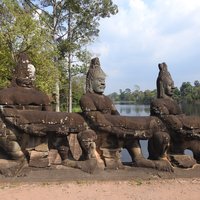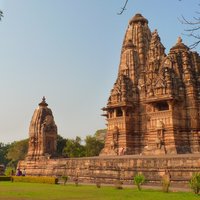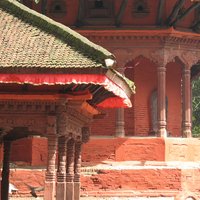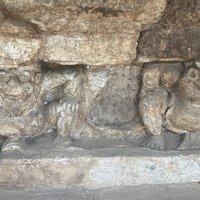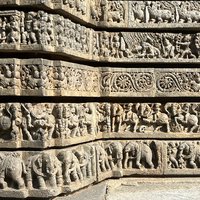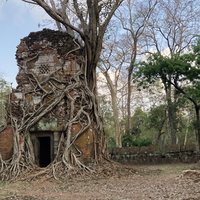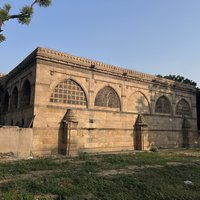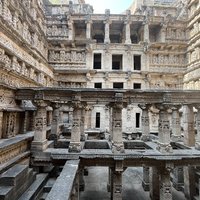Connected Sites
-
Angkor Wat - "Originally constructed in 1150 CE as a Hindu temple dedicated to the deity Vishnu, it was gradually transformed into a Buddhist temple towards the end of the century." (wiki)
See en.wikipedia.org
-
"The Khajuraho group of temples belong to Vaishnavism school of Hinduism, Saivism school of Hinduism and Jainism – nearly a third each." – "(...) the largest surviving Vaishnava group includes Chaturbhuja and Ramachandra." (Wikipedia)
-
-
"Vaishnavism took an important role in Si Thep's society, with relationships to India, Funan, Chenla, and Dvaravati cultures." (wiki)
See en.wikipedia.org
-
Chennakeshava Temple, Belur: "Chennakesava (lit, "handsome Kesava") is a form of the Hindu god Vishnu. The temple is dedicated to Vishnu and has been an active Hindu temple since its founding." (wiki)
See en.wikipedia.org
-
"Dedicated to Lord Vishnu, Prasat Chen comprises three laterite sanctuaries that are square in plan and face east. Prasat Banteay Pir Choan, Prasat Chen, and Prasat Thom together represent the Hindu Trimurti (Brahma, Vishnu, and Shiva)." (AB Ev) – "Prasat Chen (...) was built by Jayavarman IV between 921-928 C.E. and is dedicated to Lord Vishnu." (Nomination file, p. 54)
-
-
"The sculptures associated with Vishnu outnumber all other deities, and include Sheshashayi Vishnu (Vishnu reclining on the thousand-hooded snake Shesha in the celestial ocean), Vishwarupa Vishnu (Cosmic form of Vishnu) and the Dashavatara (ten incarnations) of Vishnu" (wiki)
See www.theheritagelab.in

